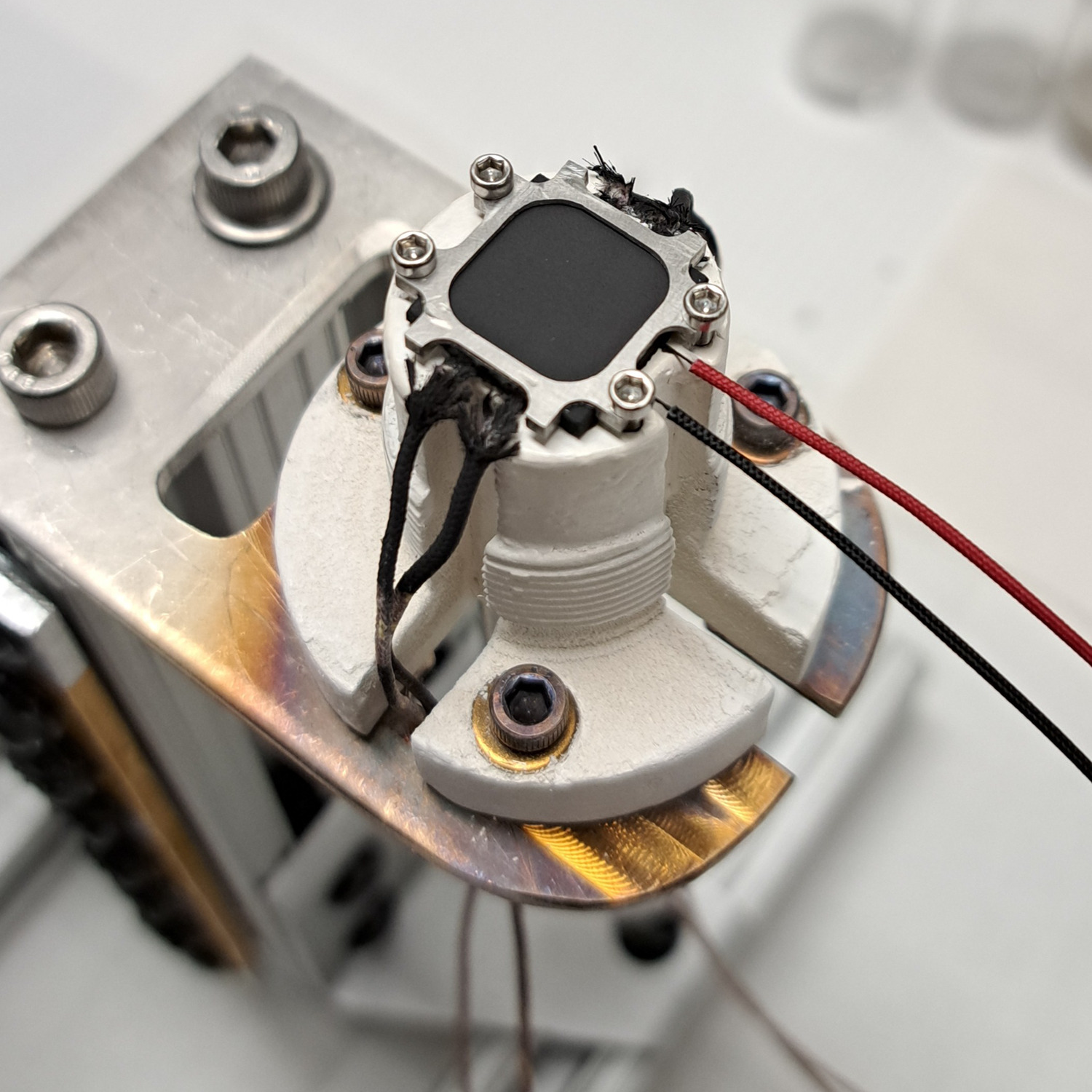News Story
History changed on October 4, 1957

History changed on October 4, 1957, when the Soviet Union successfully launched Sputnik I.
The United States responded to Sputnik in several ways. School curriculums with an emphasis on science and mathematics were quickly established to prepare students for the challenges ahead; the National Defense Education Act was enacted to provide hundreds of millions of dollars in student loans, scholarships, fellowships, and the purchase of scientific equipment for schools; support was expanded for the National Science Foundation, and the Advanced Research Projects Agency was created. The shock of Sputnik was also largely responsible for the establishment of the National Aeronautics and Space Administration (NASA) in 1958 to conduct the United States' civilian space efforts. Thus, the United States and the Soviet Union began a duel for control of the heavens, the so-called "Space Race" that consumed both nations for the next decade.
Sputnik means satellite in Russian. It was shaped like a sphere and had four radiating radio antennae. Launched on October 4th, 1957, the world did not expect the Soviet Union to beat the technologically advanced USA with this Space First.
It functioned for 21 days. Its on-board radio transmitter sent out a beep beep signal that was heard all around the world. It was launched by the R-7 Rocket aka Vostok Rocket at Baikonour, Soviet Union. Today the modern derivative is called Soyuz Rocket.
Published October 1, 2007
















